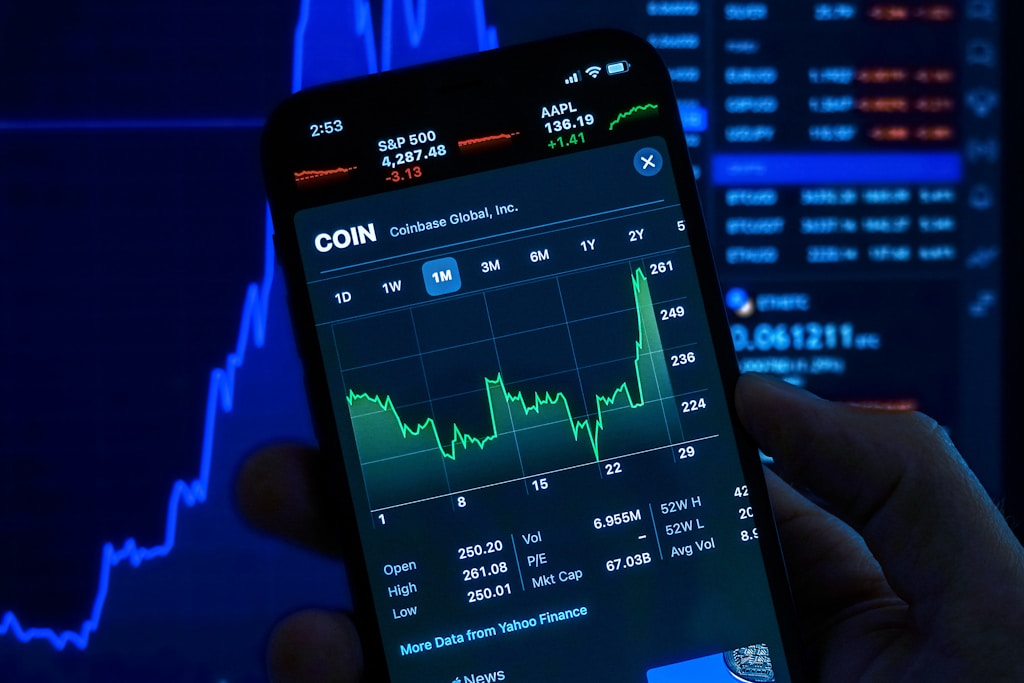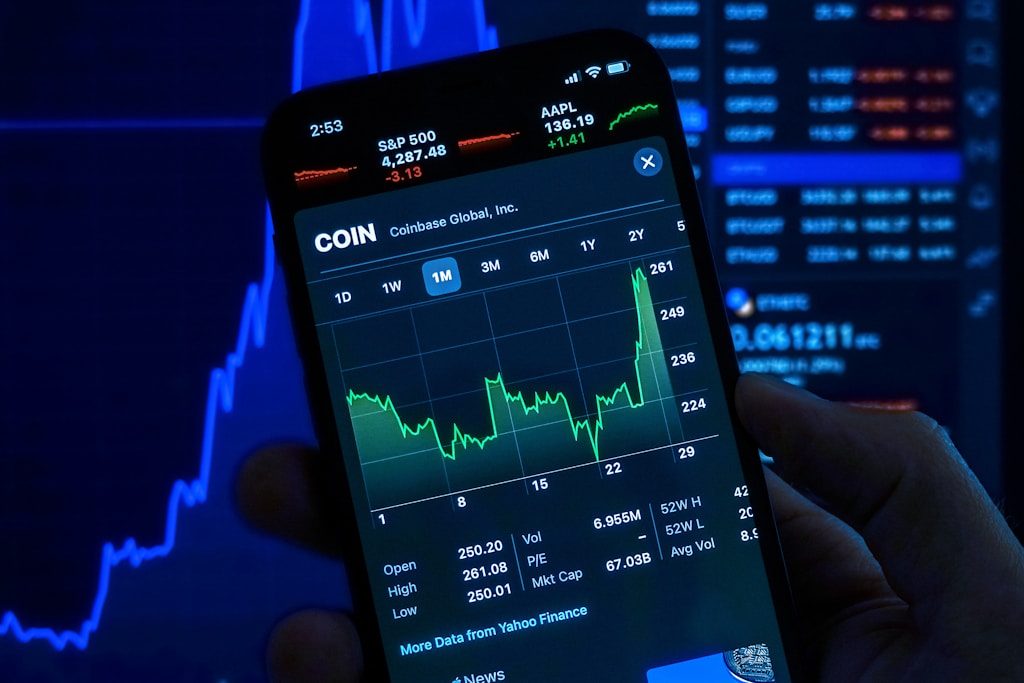Key Takeaways:
- BitPay launches HODL Pay service enabling crypto-backed stablecoin borrowing
- Users can make payments without selling their crypto assets
- Integration with DeFi protocols expands payment options
Atlanta-based cryptocurrency payment processor BitPay has unveiled its latest innovation, HODL Pay, a groundbreaking service that allows users to borrow stablecoins against their cryptocurrency holdings for making payments while maintaining their long-term crypto positions. This development marks a significant evolution in crypto payment solutions, bridging the gap between hodling and spending.
The new service integrates seamlessly with decentralized finance (DeFi) protocols, expanding BitPay’s existing merchant network and providing users with more flexible payment options. This integration comes at a time when stablecoin innovations are reshaping the crypto payments landscape.
How HODL Pay Works
HODL Pay operates by allowing users to:
- Deposit cryptocurrency as collateral
- Borrow stablecoins against their holdings
- Make payments to merchants in BitPay’s network
- Maintain their crypto positions while accessing liquidity
SPONSORED
Trade with up to 100x leverage on perpetual contracts and maximize your crypto potential
Benefits for Crypto Users
The launch of HODL Pay addresses several key challenges faced by cryptocurrency holders:
- Eliminates the need to sell crypto assets for payments
- Provides instant liquidity through stablecoin borrowing
- Maintains exposure to potential crypto appreciation
- Offers flexible repayment options
Impact on Merchant Adoption
For merchants, HODL Pay represents a significant advancement in crypto payment acceptance:
- Increased payment reliability through stablecoin settlements
- Reduced volatility exposure
- Expanded customer base access
- Seamless integration with existing BitPay services
Frequently Asked Questions
What cryptocurrencies can be used as collateral?
BitPay supports major cryptocurrencies including Bitcoin, Ethereum, and other leading digital assets as collateral for HODL Pay.
How are interest rates determined?
Interest rates are determined by market conditions and the specific DeFi protocols integrated with the service.
What happens if crypto prices decline?
Users must maintain sufficient collateral ratios to prevent liquidation, with automated notifications for margin calls.
Looking Ahead
BitPay’s HODL Pay launch represents a significant step forward in making cryptocurrency more practical for everyday use while preserving the investment potential that attracts many to the space. As the service rolls out, it could set a new standard for crypto payment solutions that balance hodling with utility.







